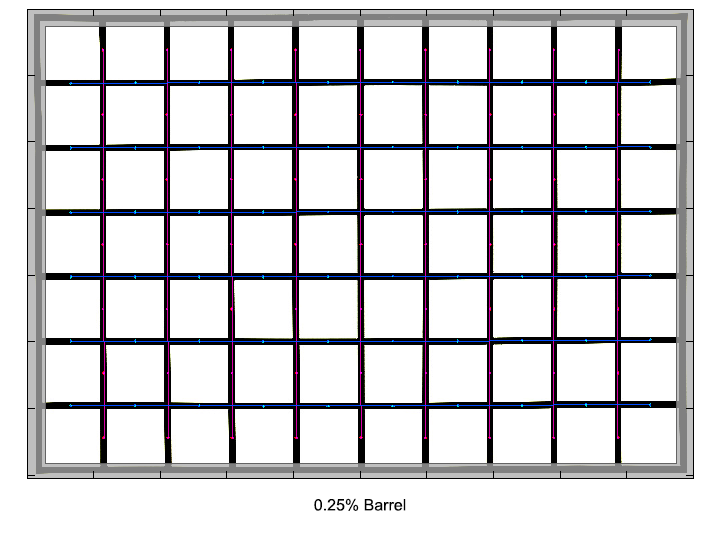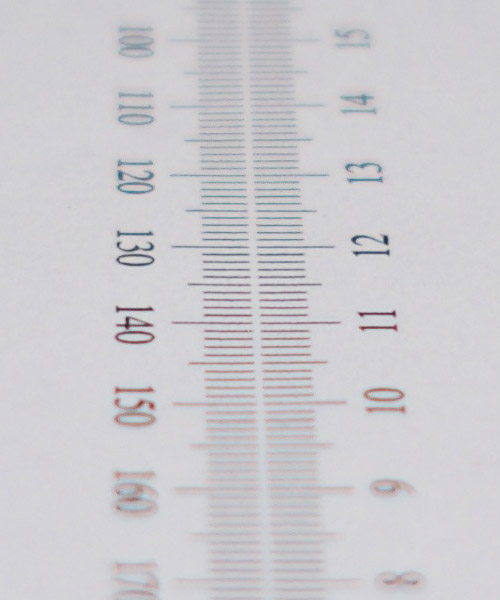|
Fujinon XF 23mm f/2 R WR (Fujfilm) - Review / Test - Analysis |
|
Lens Reviews -
Fujifilm X
|
|
Page 2 of 3

Distortion
Thew lens shows only a tiny and unnoticeable amount of barrel distortion - both in JPEGs as well as raw files. This is a positive surprise, since on many XF lenses Fuji relies on software correction of distortion instead. However, we have seen similar on the fast XF 23/1.4 already, which also shows virtually no distortion.

Vignetting
Unfortunately, we can not report the same for vignetting. Auto-correction takes care of the issue to some extent, leaving values of roughly 1 stop at large apertures and around 0.4 EV stopped down.
However, the native vignetting characteristic of the lens, which becomes visible when autocorrection is switched off, is less exciting: more than 2.6 stops wide open and still around 0.9 stops even when stopped down.

MTF (resolution)
Things look much better in terms of resolution: in the image center, the lens delivers ecellent sharpness straight from the maximum aperture. Border and corner resolution is only slightly lower with very good results from maximum aperture throughout the tested aperture range, except for small apertures, when the physical effects of diffraction lower the resolution noticeably.
The performance peak is reached at f/4.
Please note that the MTF results are not directly comparable across the different systems!
Below is a simplified summary of the formal findings. The chart shows line widths
per picture height (LW/PH) which can be taken as a measure for sharpness.
If you want to know more about the MTF50 figures you may check out the corresponding
Imatest Explanations

Chromatic Aberrations (CAs)
Lateral CAs (color shadows at hard contrast transitions) are well controlled with average values of roughly 0.5 pixels at the image borders throughout the tested aperture range.

Bokeh
The Fujinon delivers surprisingly smooth image blur, but unfortunately only in front of the focal plane - in real world use cases a rarely needed feature. Behind the focal plane, the bokeh looks considerably more nervous, which is also true for the transition zone, where many lenses struggle.
Background highlights show a fair amount of outlining and also quite some bokeh fringing (see next section).

Bokeh Fringing
Bokeh fringing (non-coinciding focal planes of the various colors) is a common issue with relatively fast glass. As you can notice below the halos have different colors - magenta (red + blue) in front of the focus point and green beyond. Unlike lateral CAs, bokeh fringing cannot easily be fixed in post processing.
Typical for most fast primes, the Fujinon shows some bokeh fringing at large aperture settings. The issue is mostly gone from f/4 onward.
|
Move the mouse cursor over the f-stop marks below to observe the respective LoCAs
|
| f/2 |
f/2.8 |
f/4 |
f/5.6 |
f/8 |
|

|
|